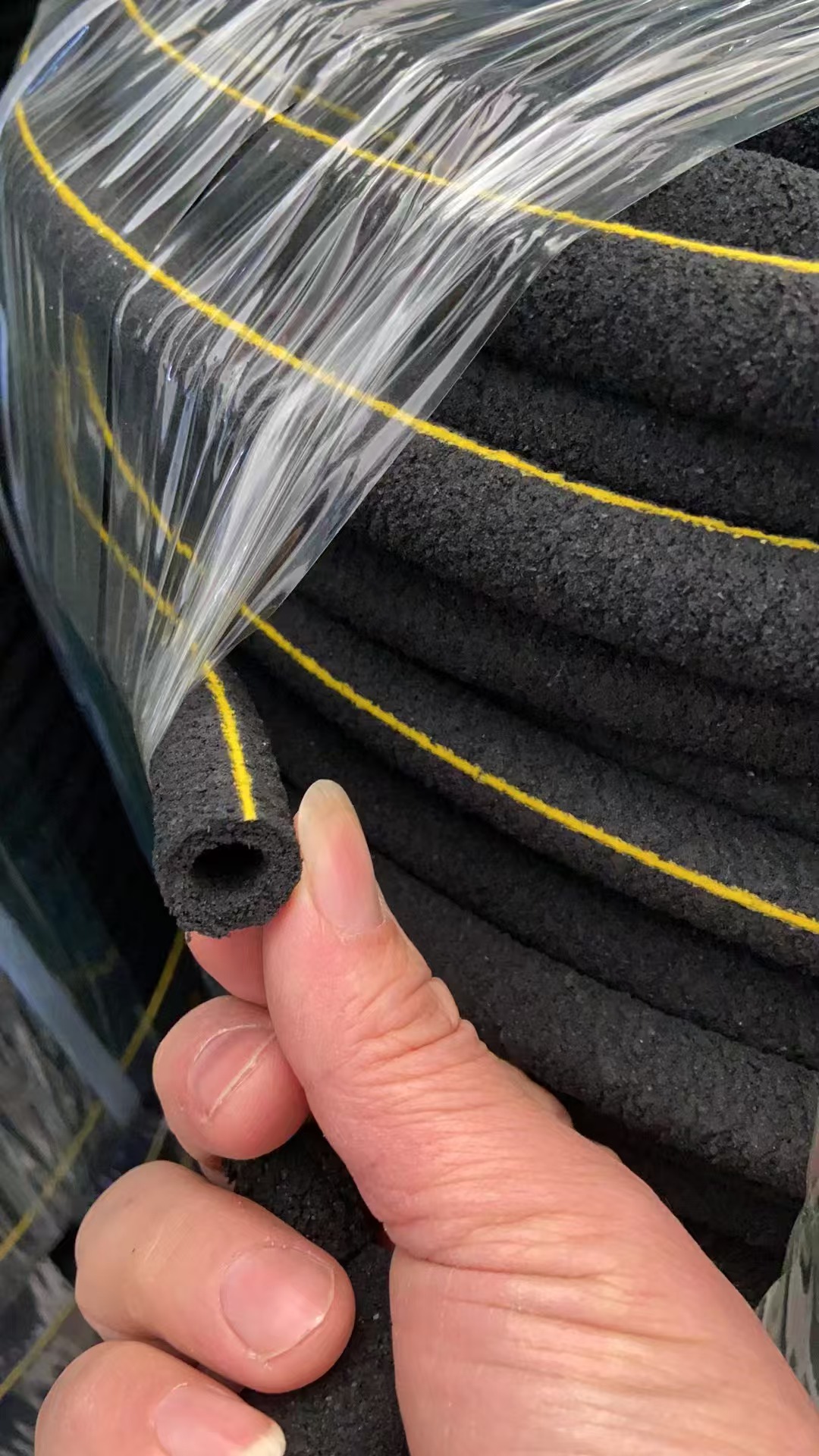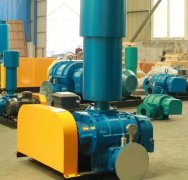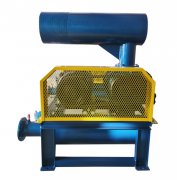Micro porous tube underwater aeration oxygenation technology is a method of water oxygenation, particularly suitable for fields such as aquaculture, sewage treatment, and landscape water treatment. The following is a detailed introduction to the technology:
1、 Technical principles
The microporous tube underwater aeration and oxygenation technology uses a Roots blower or other similar equipment to send air into the gas pipeline, and then the air is dispersed into the water in the form of tiny bubbles through the microporous tube. These tiny bubbles float upwards from the bottom of the pool and come into full contact with the water during their ascent, allowing oxygen to fully dissolve into the water. At the same time, the buoyancy and flow of microbubbles can also cause the rotation and convection of water flow, bringing oxygen rich water from the upper layer into the lower layer, achieving uniform oxygenation of the pool water.
2、 Equipment composition
The microporous tube underwater aeration and oxygenation system mainly consists of the following parts:
1. Host: usually an electric motor or diesel engine, used to drive Roots blowers.
2. Roots blower: It is the core component of the system, used to press air into the gas pipeline.
3. Gas storage buffer device: used to store and buffer air to ensure stable operation of the system.
4. Gas pipeline: including main, branch, and microporous pipes, used to transport air into water bodies.
5. Aerator: usually a microporous nano aeration tube, used to disperse air into water in the form of tiny bubbles.
3、 Installation method
The installation methods of microporous tube underwater aeration and oxygenation system mainly include the following:
1. Disc installation method: Bend steel bars into a disc frame, fix the aeration pipe on the disc frame, and then fix the disc frame at the bottom of the pool. This method is suitable for smaller ponds or aquaculture areas.
2. Strip installation method: Fix the aeration tube directly at the bottom of the tank to form one or more aeration zones. This method is suitable for larger ponds or areas that require uniform oxygenation.
3. Other installation methods: such as disc aerators, suitable for deeper ponds or industrial aquaculture environments.
4、 Usage method
1. Start up time: Determine the time and period for starting up and increasing oxygen based on the pattern of dissolved oxygen in the water. Usually, it is more effective to turn on the machine for oxygenation before and after sunrise and in the afternoon. During continuous rainy or low-pressure weather, the startup time should be appropriately increased.
2. Dissolved oxygen detection: Regularly detect the dissolved oxygen level in the water using an oxygen meter to ensure that it is within the appropriate range (such as 6-8 milligrams per liter).
3. Equipment maintenance: Regularly inspect and maintain the equipment, such as replacing ruptured microporous tubes, cleaning clogged micropores, etc., to ensure the normal operation of the equipment.
5、 Advantages and benefits
1. High oxygenation efficiency: The micro bubbles generated by the microporous tube have a large contact area with the water, long contact time, and high mass transfer efficiency of oxygen.
2. Energy saving and low consumption: Compared with traditional oxygenation methods, the energy consumption of microporous tube underwater aeration oxygenation technology is lower, which can greatly save electricity or diesel costs.
3. Improving water quality: By increasing the dissolved oxygen content in the water and promoting upward and downward convection, the decomposition and transformation of bottom sediment in the water can be accelerated, enhancing the self purification ability of the water.
4. Improving aquaculture efficiency: Adequate dissolved oxygen helps promote the growth and development of aquatic organisms, increase aquaculture density and yield.
6、 Application scenarios
The microporous tube underwater aeration oxygenation technology is widely used in the following scenarios:
1. Aquaculture: the cultivation of aquatic organisms such as fish, shrimp, crabs, etc.
2. Wastewater treatment: used to accelerate the biodegradation process of organic matter in wastewater and improve water purification efficiency.
3. Landscape water management: used to improve the water quality of artificial or natural water bodies such as lakes and rivers, and prevent eutrophication.
In summary, the microporous tube underwater aeration oxygenation technology is an energy-saving and environmentally friendly method for water oxygenation, with broad application prospects and market demand.



